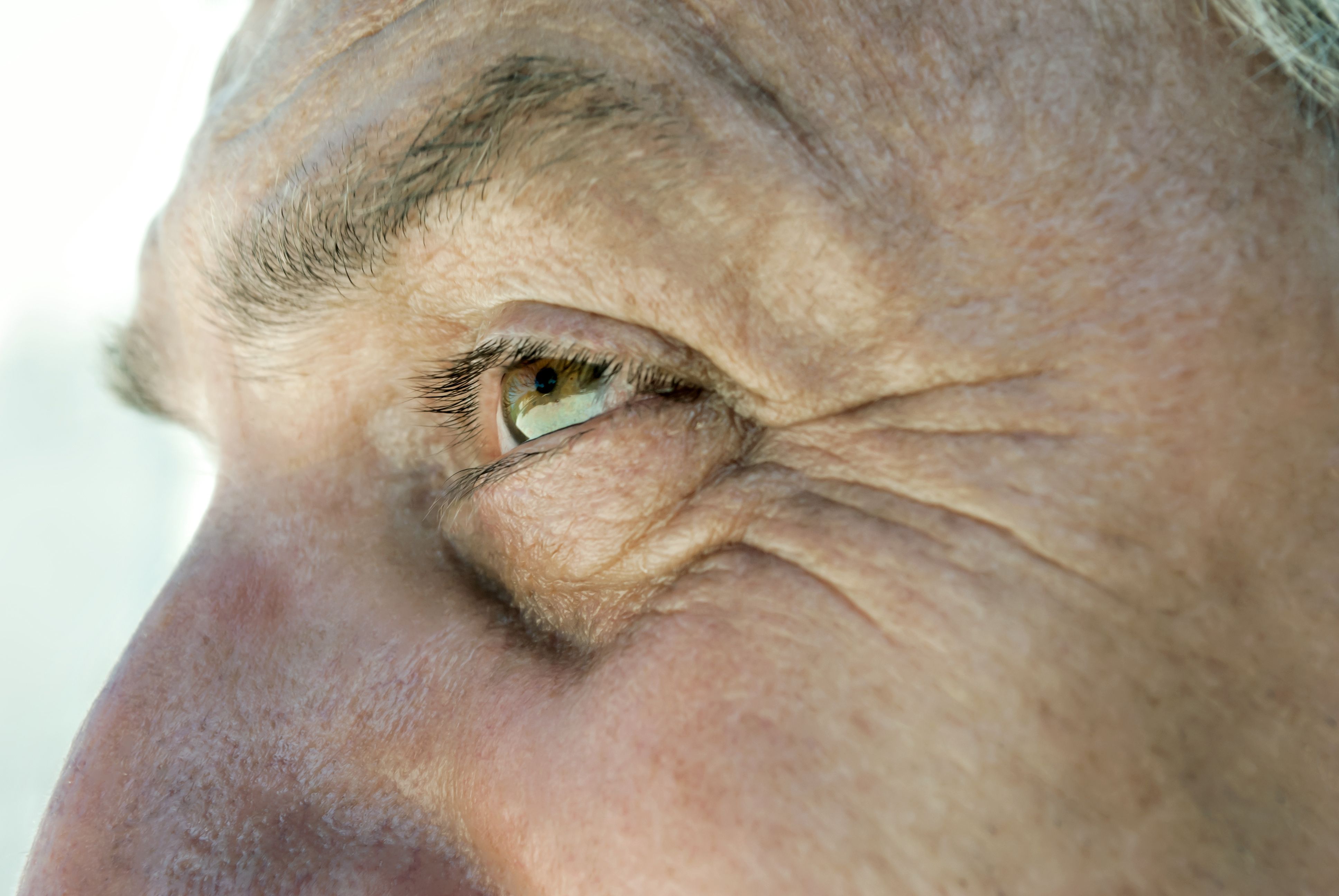- Case-Based Roundtable
- General Dermatology
- Eczema
- Chronic Hand Eczema
- Alopecia
- Aesthetics
- Vitiligo
- COVID-19
- Actinic Keratosis
- Precision Medicine and Biologics
- Rare Disease
- Wound Care
- Rosacea
- Psoriasis
- Psoriatic Arthritis
- Atopic Dermatitis
- Melasma
- NP and PA
- Skin Cancer
- Hidradenitis Suppurativa
- Drug Watch
- Pigmentary Disorders
- Acne
- Pediatric Dermatology
- Practice Management
- Prurigo Nodularis
- Buy-and-Bill
Article
Demand for actinic keratosis treatments rise, while reimbursements shrink
Author(s):
Reimbursements for actinic keratosis treatments are down slightly, but the demand for treatment is up by 20 percent.
Reimbursements for actinic keratosis treatments are down slightly, but the demand for treatment is up by 20 percent.(©AdobeStock_120082811_LPictures)

The number of actinic keratosis lesions treated in the Medicare population increased by about 20 percent between 2007 and 2015, according to a billing claims analysis.
However, during the same time period, the mean inflation-adjusted payments per 1,000 Medicare Part B fee-for-service beneficiaries decreased from $11,749 to $10,942, due to reimbursement reductions to control the rising costs of actinic keratosis treatment.
“This study establishes how common and how costly actinic keratosis destruction has become in our aging population,” says principal investigator Howa Yeung, M.D., of the department of dermatology at Emory University School of Medicine in Atlanta.
The study, which was published online September 19 in JAMA Dermatology, also sheds light on new providers that increasingly treat actinic keratosis lesions. The proportion of lesions treated by independently billing nurse practitioners and physician assistants rose from 4.0 percent in 2007 to 13.5 percent in 2015.
“Treating actinic keratosis lesions is an important part of our strategies to prevent new keratinocyte carcinomas, also known as nonmelanoma skin cancers,” Dr. Yeung says in an interview with Dermatology Times. He notes that actinic keratosis is the most common diagnosis in dermatologist visits in patients over the age of 45.
“Treating actinic keratosis lesions with cryotherapy (liquid nitrogen treatment) is practically ‘bread and butter’ in general dermatology clinics,” Dr. Yeung says. “Clinically, we know actinic keratosis lesions are common in older patients with fair skin, so we expect an increase in actinic keratosis burden as our population continues to age.”
In addition, non-physician clinicians, such as physician assistants and nurse practitioners, have begun to provide an increasing share of general dermatologic care.
“We decided to conduct this study to provide hard data from Medicare to support these observations in the context of actinic keratosis lesions treatments,” Dr. Yeung says.
THE STUDY
The study was conducted at Emory University School of Medicine from November 2017 to July 2018.
“Our study confirmed that actinic keratosis treatments have been rising and becoming increasingly costly,” Yeung says.
More than 35 million actinic keratosis lesions were treated in 2015, as compared with 30 million lesions in 2007, according to study results.
Medicare payment for actinic keratosis destruction also rose from $522 million in 2007 to $610 million in 2014, the same year Medicare slashed reimbursement per procedure significantly and payment dropped to $511 million in 2015.
“Nevertheless, these procedures comprised about 15 percent of the $2.5 billion Medicare Part B spent in dermatology in 2015,” Dr. Yeung says.
Dr. Yeung says the high treatment and cost burden of actinic keratosis should prompt dermatologists, policy makers and the public to emphasize and implement effective primary and secondary prevention for skin cancers.
To reduce the treatment burden in the Medicare fee-for-service population, Dr. Yeung says more research is required to understand how to best deliver AK treatments in older adults who face increasing actinic keratosis burden.
“The role of effective sun protection cannot be overemphasized, both in high-risk skin cancer populations and in fair-skinned persons of all ages at risk of developing actinic keratosis and skin cancers later on in life,” Dr. Yeung says. “Beyond destructive treatments, field-directed therapy, such as topical 5-fluorouracil, has been demonstrated to be effective in not only treating actinic keratosis but also preventing new keratinocyte carcinomas.”
Dr. Yeung says understanding how to best choose, deliver and pay for sactinic keratosis treatment will have important implications in maintaining access to dermatologic care and in preventing skin cancers in a cost-effective manner.
A limitation of the study is that the investigators did not evaluate the use and cost of all actinic keratosis treatments, such as topical therapies or photodynamic therapy. “Therefore, the true actinic keratosis burden and costs are likely to exceed our estimates,” Dr. Yeung says.
To further improve the value of U.S. healthcare, Dr. Yeung says future research should focus on how to best deliver and incentivize cost-effective treatment of actinic keratosis. “By optimizing its delivery, we can improve access to dermatologists’ care and the value of secondary prevention of skin cancers at the same time,” he says.
Further research will also be needed to determine to what extent the rapid expansion of access to actinic keratosis care, mostly from non-physician clinicians, helps to prevent skin cancers, according to Dr. Yeung.
Dr. Yeung’s study group is planning additional health services research projects using Medicare data to guide improvements in the delivery of skin cancer care.
REFERENCES
Yeung H, Baranowski ML, Swerlick RA, et al. “Use and Cost of Actinic Keratosis Destruction in the Medicare Part B Fee-for-Service Population, 2007 to 2015,” JAMA Dermatology, DOI:10.1001/jamadermatol.2018.3086
Newsletter
Like what you’re reading? Subscribe to Dermatology Times for weekly updates on therapies, innovations, and real-world practice tips.





